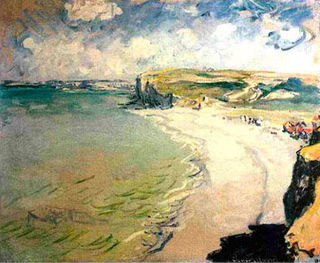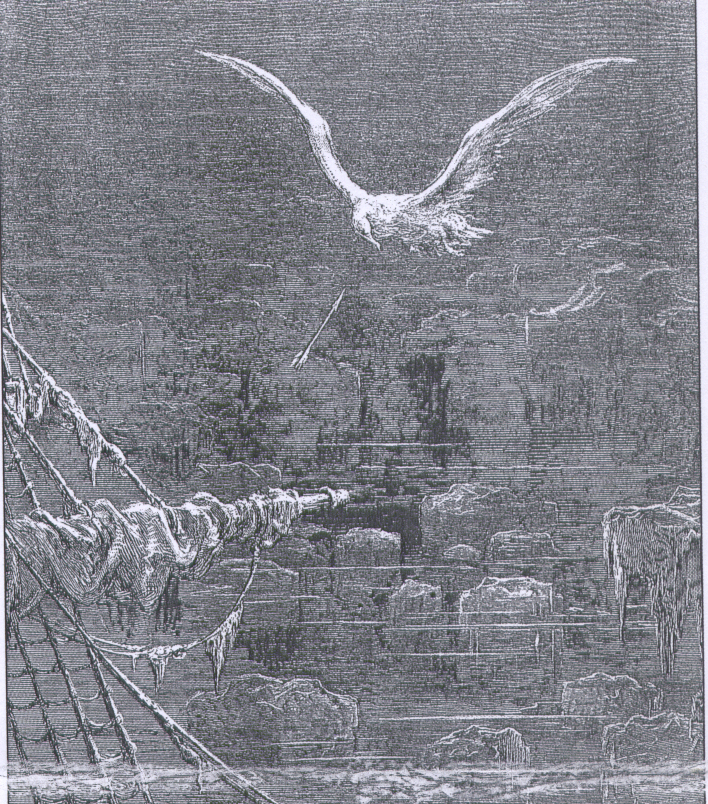In his essay “The ‘Uncanny,’” Sigmund Freud asserts
that “there are many more means of creating uncanny effects in fiction than
there are in real life (Freud, 248). In light of the fact that the uncanny is
defined, in part, as that which is “undoubtedly related to what is frightening-
to what arouses dread and horror,” it seems that Mathew Lewis’ Gothic novel The Monk substantiates Freud’s claim to
the ease at which impressions of the uncanny can be produced in fiction.
The concept of the uncanny was first introduced by
Ernst Jentsch in 1906. In his essay “On the Psychology of The Uncanny,” Jentsch
equates the uncanny with intellectual uncertainty stemming from unfamiliarity.
The limits of Jentsch’s theory of the uncanny, however, do not extend beyond
this ‘uncanny equals unfamiliar’ formulation. Freud’s theorization of the
uncanny is undertaken as a response to the supposed inadequacy of the Jentsch
equation. Freud points out that by virtue of the fact that it is not the case
that everything new is necessarily frightening, an additional factor, aside
from unfamiliarity, must be taken into account if the true nature of the
uncanny is to be discerned. An investigation into the literal meanings of the
German words “Unheimlich,”(unfamiliar) and it’s supposed opposite “Heimlich,” (familiar)
leads Freud to conclude, rather surprisingly, that it is familiarity in combination with unfamiliarity which accounts for the
nature of uncanny impressions. By glossing the various definitions of the two
terms, Freud shows that “heimlich is
a word the meaning of which meaning develops in the direction of ambivalence,
until it finally coincides with its opposite, unheimlich” (Freud, 225). Freud asserts that the uncanny is
something which is both familiar and unfamiliar to the mind simultaneously; it
is “something which is familiar to the mind and has become alienated from it…”
(240). Freud hypothesizes that it is processes of psychological repression and
recurrence which subject an individual to such a seemingly paradoxical
impression.
In an attempt to test his hypothesis and thereby
substantiate his speculation , Freud looks at undeniable instances of the
uncanny and concludes that the uncanny results either from the confirmation of
an animistic belief system which was thought to have been surmounted, or from
the recurrence of repressed psychological processes. Freud points to instances
of doubling, involuntary repetition, animism, and uncertainty as to whether an
object is animate or inanimate as illustrations of sources of uncanny
impressions. Freud relates the uncanniness of doubling and involuntary repetition
to the development of the ego, and animism and animacy/inanimacy uncertainty to
the supposed surmounting of primitive belief systems.
The embedded narrative of the Bleeding Nun
illustrates all four of the aforementioned examples. Prior to this
sub-narrative however, Ambrosio’s admiration for the image of the Madonna
serves as an illustration of the recurrence of a repressed psychological
complex. Ambrosio’s outright lust for
the Virgin Mother calls forth the repressed sexual desire for the mother figure
that Freud lays out in his famous, Oedipus Complex. So long as it remains
repressed and confined to the sub-conscious, such an incestuous desire is not a
threat to the conscious mind. However, once the repressed desire recurs, or
emerges, an uncanny sensation is experienced by the subject; hence the
unsettling nature of Ambrosio’s lust.
The narrative of the Bleeding Nun is a more poignant
instance in which the uncanny is illustrated. On the simplest level, the
incorporeal existence of the Bleeding Nun confirms
a belief in the supernatural that was thought to have been surmounted. According to Freud, when supposedly surmounted beliefs
are later confirmed, an impression of uncanniness is experienced. On a perhaps
more sophisticated level, the doubling of Agnes and the Bleeding Nun calls into
question the true nature of a self that is psychologically divided. The
existence of a double in literature accentuates the uncertainty felt by a
reader as to what his or her true self consists in. When this uncertainty
becomes manifest on the page, in the story, an uncanny impression is created.
Additionally, the numerous examples of repetition in the narrative of the Bleeding
Nun, i.e., the repetition of May 5th, her repeated appearances to
Don Raymond, and her repeated use of Don Raymond’s own words all illustrate an
unconscious compulsion to repeat. Like instances of doubling, literary repetition
draws the reader’s attention to his or her repressed and unconscious compulsion
to repeat. When this repressed compulsion emerges, again, an uncanny effect is
created.
Because the reader is subjected to the fictional
world created by the author, he or she is more susceptible to uncanny effects.
By placing the supernatural in the world of common reality, the reader is
vulnerable to the confirmation of a belief system he or she has thought to have
surmounted. Moreover, through the manifestation of common, repressed
psychological complexes on the level of the page, the reader is also subjected
to the psychological disturbance resulting from the emergence of what has been
repressed. The author possesses a degree of directive power over his readership
and he is therefore freer and more equipped to subject said readers to Freud’s
theory of The Uncanny.












